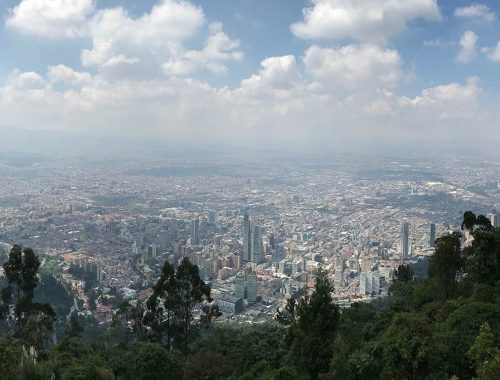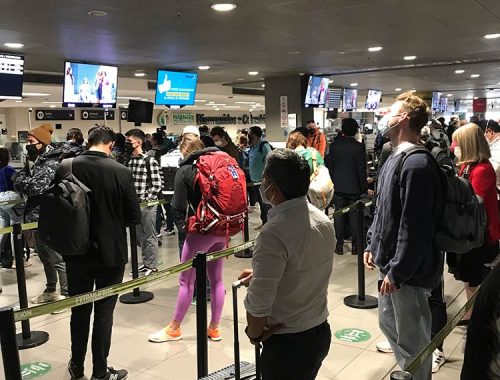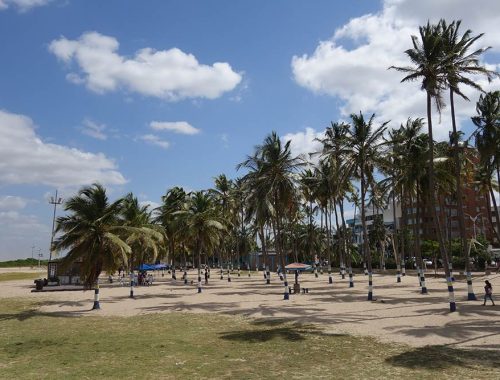Here’s something you might find mildly interesting: I don’t think there is a single country I have visited where I haven’t heard a local mutter a variation of “…only in this country!” It happens all the time. Really. Truth is every country has its share of problems, some more than others, but the uniqueness of the complaints is often… well, not that unique!
With that said, this post isn’t about the problems of Colombia (of which there are plenty, certainly a topic for another day) but rather the small things I’ve noticed since I got here a couple of months ago. The little differences that are so different you can’t really not notice them. A lot of them aren’t specific to Santa Marta or Colombia, and even apply to a number of other places as well, but that’s besides the point. 😁
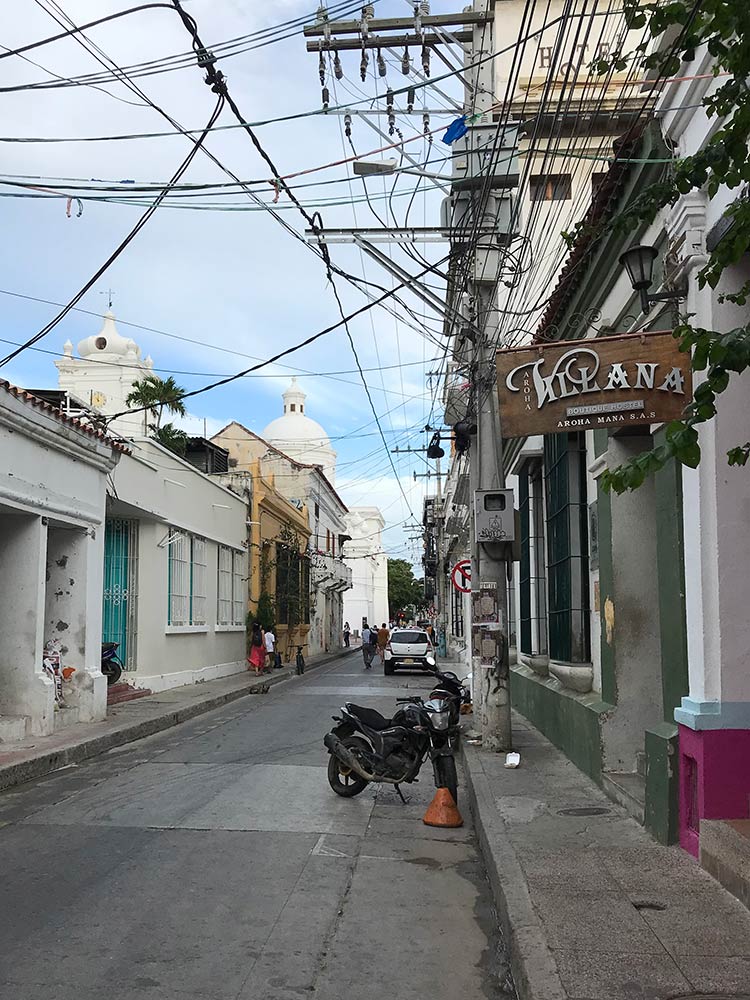
One of the most noticeable is obviously the oppressive heat. The Caribe is hot year-round, but particularly so around this time. December/January out here corresponds to July/August in the Northern Hemisphere, or peak summer season if you may. The crowds are thick and mostly composed of Colombian travellers who make the most of the Christmas/New Year break by travelling around the country alone or in groups, which is nice to see.
As is typical of tropical places like this one, hot water simply isn’t a thing. The last time I took a hot shower was in Minca, and Bogotá before that – both places sitting cooly above 1,000 metres. One thing that does help dealing with the heat (to a certain extent) is the brisa loca, a very strong seasonal wind that blows across the region almost every day. I often wonder if these strong winds are the reason the sea water is nowhere near as crystalline as I had expected. On the contrary.
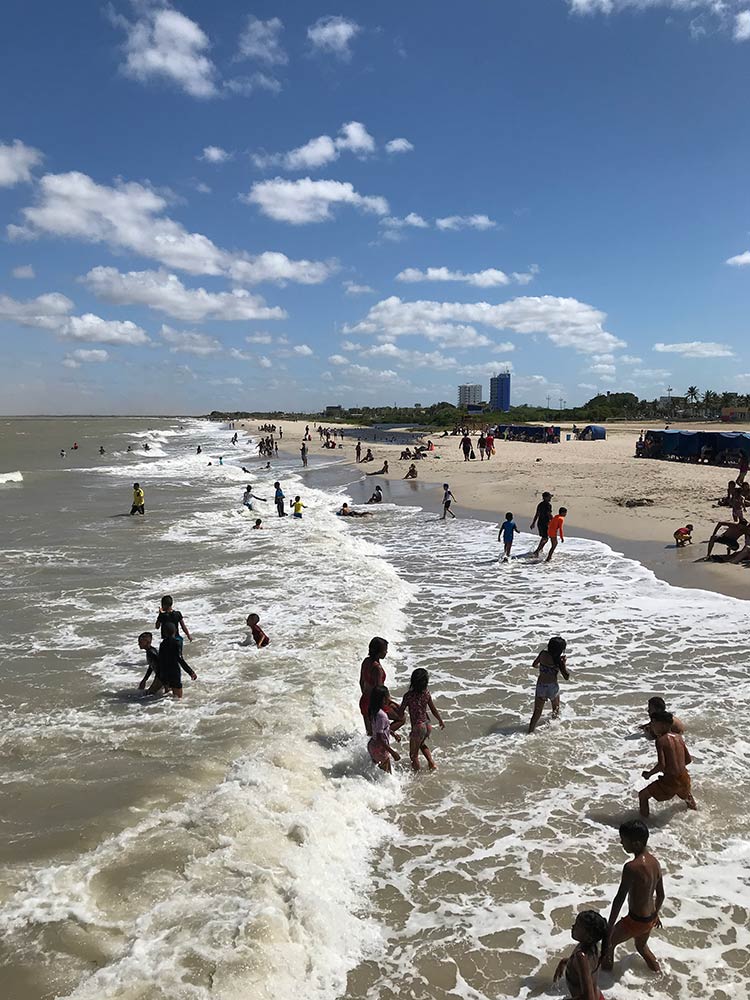
When it comes to food there are two things I can’t get my head around. One, the fact that all bread in Colombia seems to be sweetened. I made the mistake of buying a French baguette the other day only for it to be soft and rather sweet. Made me miss bread even more! Second, here on the coast – where daytime temperatures usually reach nearly 40 degrees Celsius – eating soup is a big thing. Hot soup. Na, that’s too much for me. I can only eat soup in winter! What I do like is the very cheap fruit in a cup you can buy in every corner. The mango can’t be beat for taste, it’s beyond delicious. 🤤
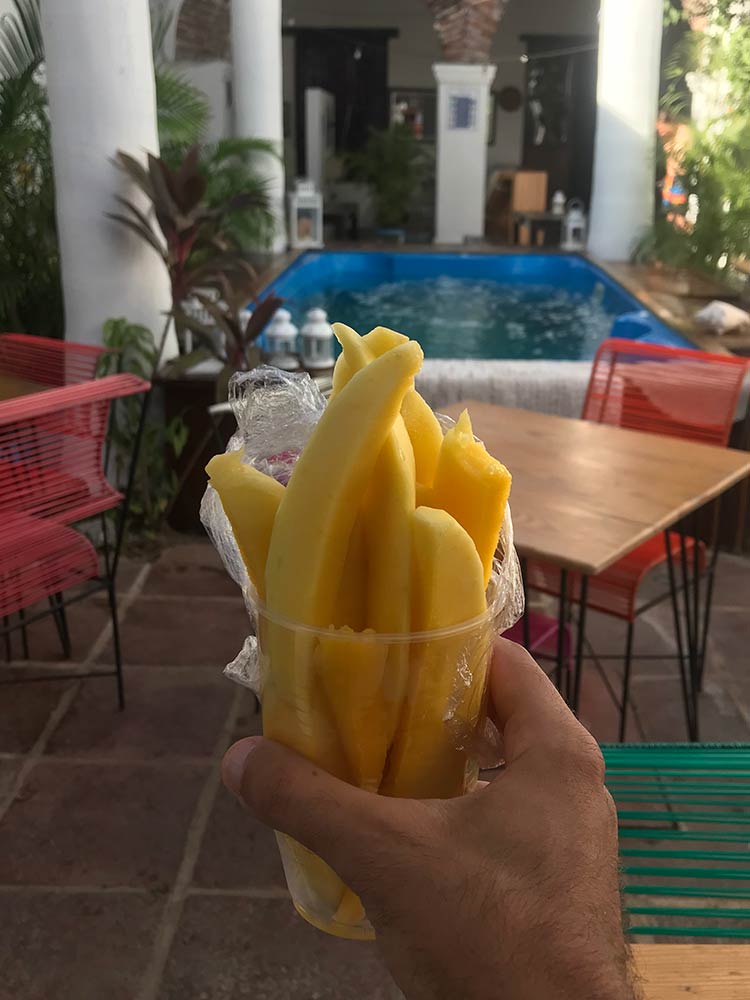
On a less chirpy note, Venezuela’s border being so close to Santa Marta means the already critical homeless situation is exacerbated. There are many beggars on the streets and homelessness is rife. Sometimes you’ll be sitting in a restaurant and a poor soul will just lean against the door looking in hoping to be given some food. A sad reminder of the real struggles with inequality in this country. There are also a lot of sellers of random crap. From porcelain figures to miniature wooden boats and even a gramophone, I’ve sort of seen a bit of everything. They never cease to impress me!
Now, the one thing that really annoys me is getting cash from an ATM, which can be a tremendous adventure. Like that one time I waited 45 minutes in line only for the ATM to break just as my turn arrived! 😡 While I didn’t quite understand the long queues at first I eventually asked someone who told me Colombians love to pay for things in cash and since the ATMs only allow the withdrawal of around 50 euros at a time they need to do it several times in a row. It’s a mess of a system. Trust me when I say you’ll want to avoid withdrawing cash around the end/beginning of the month!
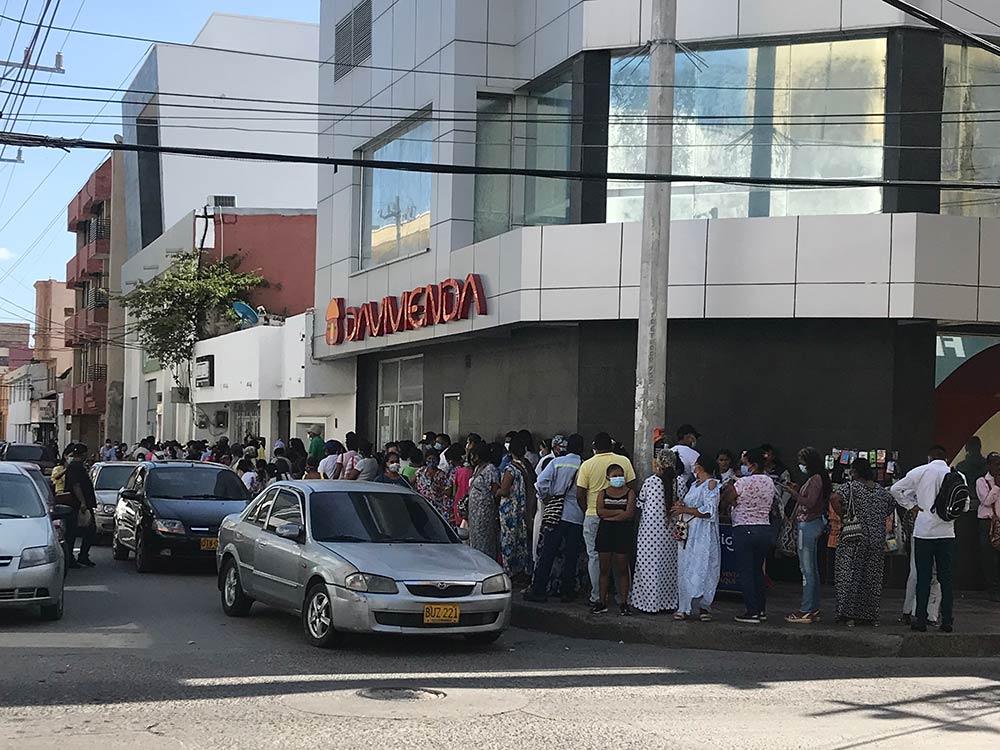
You will probably not be surprised to learn Colombians all know how to dance, it’s in their genes. A vast majority of the guests staying in the hostel are from Colombia so I’ve had a chance to mingle with plenty of them and am yet to meet one who doesn’t turn the autopilot mode on as soon as the hot rhythms of the salsa or reggaeton start playing through the speakers. I suspect the government won’t give them a passport if they can’t dance – it’s the only explanation I can find! They’re all way too good at it. Truthfully though, they all have a great spirit and are very welcoming people so it’s always great fun to come across them.
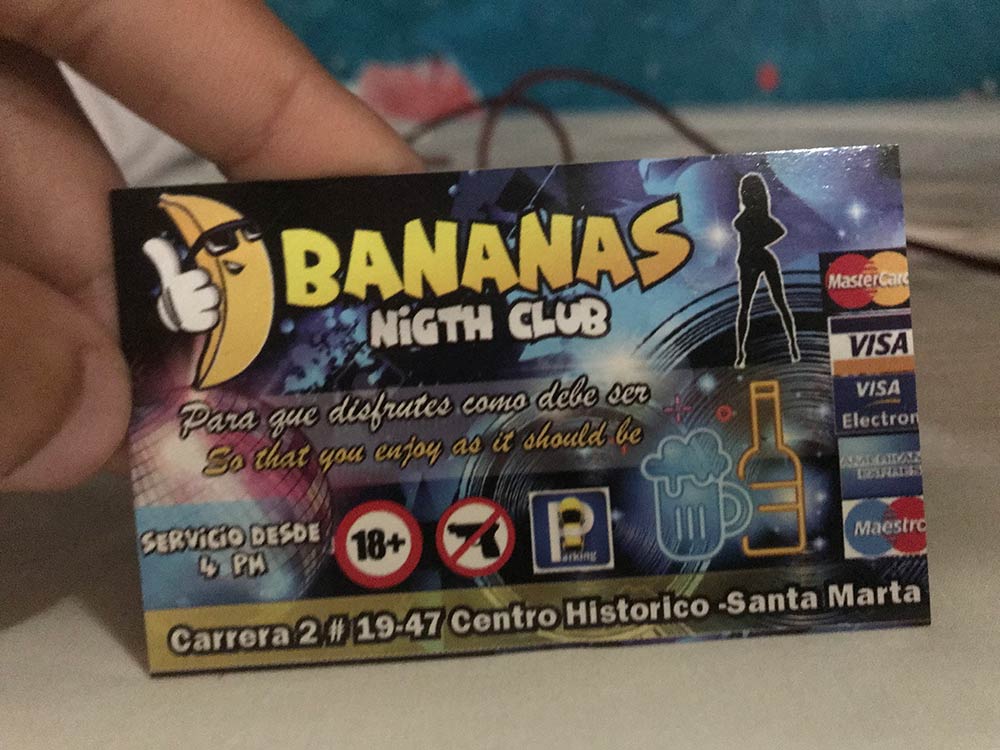
I’ve been fortunate to go out a few times with locals and see what the nightlife out here in the Caribe is like. Forget huge smoky clubs and repetitive electronic music, here the bars are rather small and always feature a dancing area. Not only are these dance floors almost always busy, the locals seem to know the words to every single song. It’s crazy. While most reggaeton sounds awfully similar to me, I’ve discovered a new love: champeta, a genre originally from up here. A great example of which would be Macta Llega, very much the hit of the summer (featuring the unintelligible Costeño accent I often struggle with) and a song that just has to be listened to. I’ll let you make your own conclusions!

